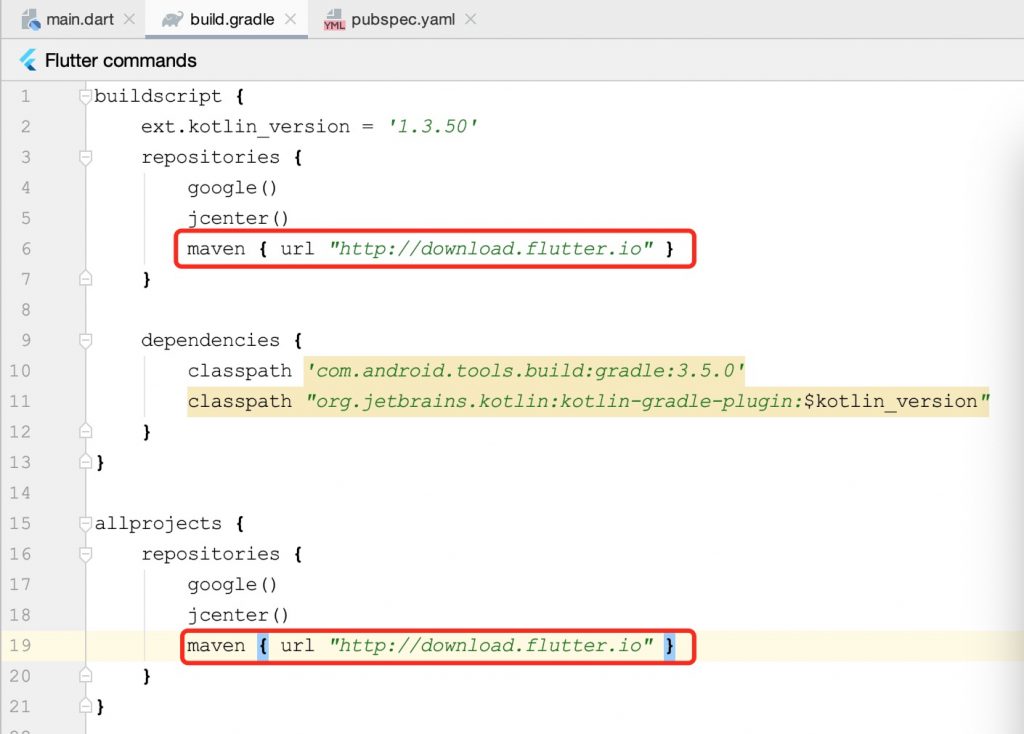/**
* Called to retrieve per-instance state from an activity before being killed
* so that the state can be restored in {@link #onCreate} or
* {@link #onRestoreInstanceState} (the {@link Bundle} populated by this method
* will be passed to both).
*
* <p>This method is called before an activity may be killed so that when it
* comes back some time in the future it can restore its state. For example,
* if activity B is launched in front of activity A, and at some point activity
* A is killed to reclaim resources, activity A will have a chance to save the
* current state of its user interface via this method so that when the user
* returns to activity A, the state of the user interface can be restored
* via {@link #onCreate} or {@link #onRestoreInstanceState}.
*
* <p>Do not confuse this method with activity lifecycle callbacks such as
* {@link #onPause}, which is always called when an activity is being placed
* in the background or on its way to destruction, or {@link #onStop} which
* is called before destruction. One example of when {@link #onPause} and
* {@link #onStop} is called and not this method is when a user navigates back
* from activity B to activity A: there is no need to call {@link #onSaveInstanceState}
* on B because that particular instance will never be restored, so the
* system avoids calling it. An example when {@link #onPause} is called and
* not {@link #onSaveInstanceState} is when activity B is launched in front of activity A:
* the system may avoid calling {@link #onSaveInstanceState} on activity A if it isn't
* killed during the lifetime of B since the state of the user interface of
* A will stay intact.
*
* <p>The default implementation takes care of most of the UI per-instance
* state for you by calling {@link android.view.View#onSaveInstanceState()} on each
* view in the hierarchy that has an id, and by saving the id of the currently
* focused view (all of which is restored by the default implementation of
* {@link #onRestoreInstanceState}). If you override this method to save additional
* information not captured by each individual view, you will likely want to
* call through to the default implementation, otherwise be prepared to save
* all of the state of each view yourself.
*
* <p>If called, this method will occur before {@link #onStop}. There are
* no guarantees about whether it will occur before or after {@link #onPause}.
*
* @param outState Bundle in which to place your saved state.
*
* @see #onCreate
* @see #onRestoreInstanceState
* @see #onPause
*/

